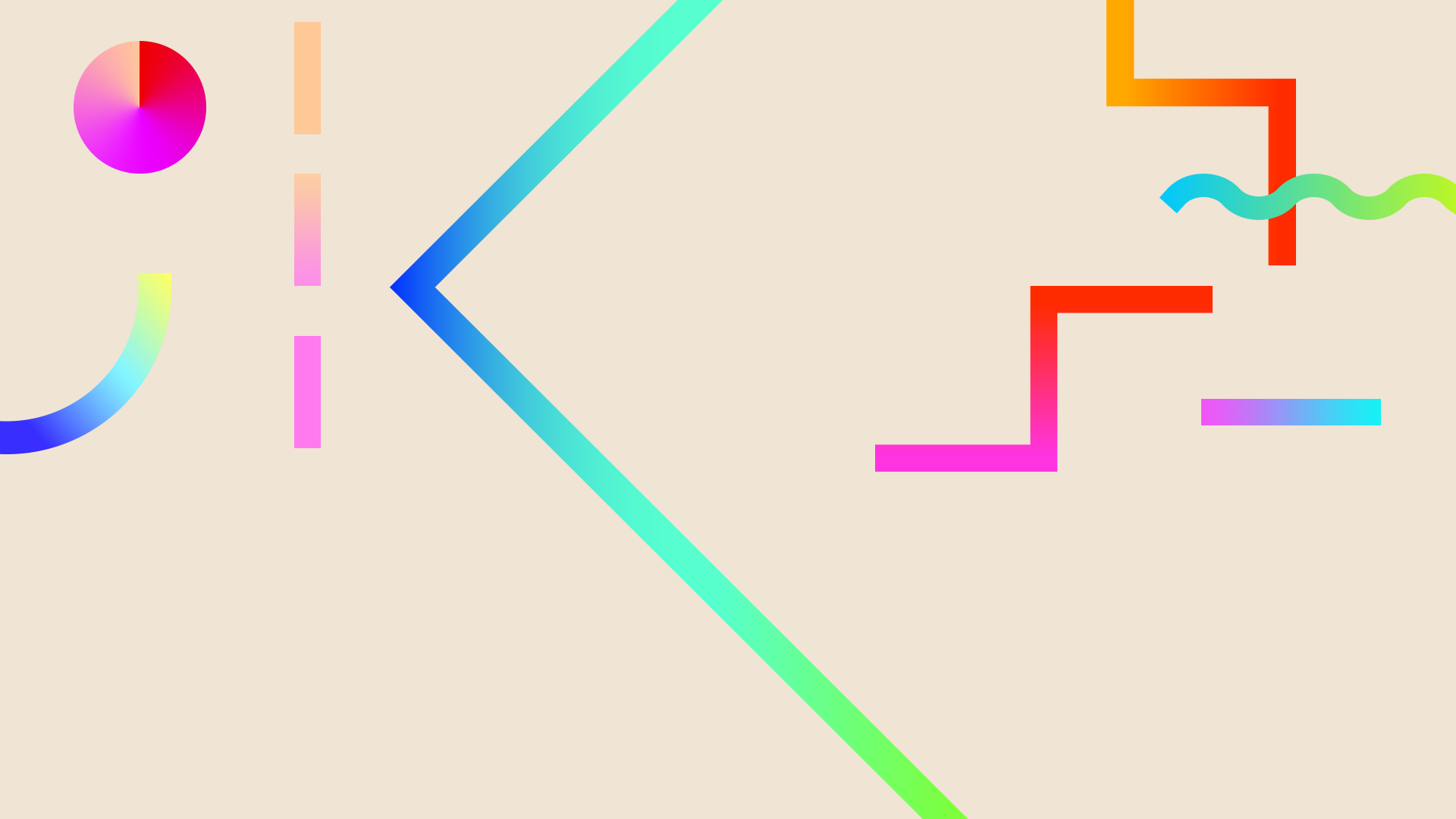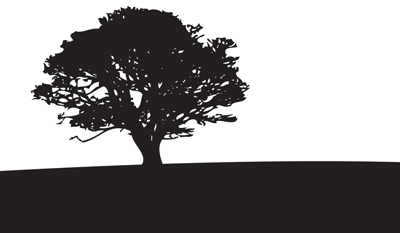
Printmaking

[The explanations on this website are those related to Visual Arts]
What is printmaking?
Printmaking is the application of an image or design to the surface of a material, matrix, block, screen or stone leaving an impression that is used to produce designs on other surface areas, such as paper or fabric.
Brief History on printmaking
• Printmaking developed in the eastern section of the world around the time of 100 B.C. (before Christ).
• Japan produced Buddhist charms during the time of 764 and 770 C.E.
• Academic sources state that printmaking was developed in China, but facts state that the first printmaking design was made in Japan using wood blocks (wood blocks are a piece of material from trees called wood, the piece of wood is usually cut into a rectangular shape or cube. They are used to carve into, to create a matrix {a matrix is a template or piece of material that is used to copy a design}).
• Britannica (2018) stated, that it is believed, Egyptians produced the first set of prints on fabric.
• Cai Lun, a Chinese was known to be the first person to started a business of producing of paper, which is why they were considered as the founders of printmaking.
• Louis Nicholas Robert, a Frenchman invented the first machine used to produce continuous sheets of paper in 1798 (Britannica, 2018).
• Printmaking qualities such as etching developed as early as cave men days, with drawings done in stone. Etching into a smooth piece of stone in order to use as a matrix (a matrix is a template used to copy a design over and over).
• Cylinder seals were done in stone in order to leave an impression of words or drawings when rolled into soft clay, the impression left would be called a relief print (Britannica, 2018).

• The earliest record of a printmaking art is titled Diamond sutra, a print representing Buddah done by Wang Jie in 868 C.E. ( common era) and the design is associated with monks of the common era (Britannica, 2018).

• Records of religious groups especially crusaders used relief printing techniques such as woodcut during the 1500-1450 to generate images representing god and famous ancient characters related to their religion.
• In 1436 stamping became a new type of print used among royals in England. (For example sealing letters with their family crest or initials in wax.




• Branding slaves with hot metal would be considered as another form of printing.
Types of Printmaking Techniques
Printmaking Techniques
• Intaglio Techniques
*Engraving
*Dry point
*Mezzotint
*Etching
*Aquatint
*Spitbite Aquatint

• Stencil Techniques
*Screenprint
*Pochoir

*Screen printing
• Relief Techniques
*Woodcut
*Linocut
*Collagraph

*Woodcut

*Linocut

*Collagraph



The three Images above are photographic samples of the Collagraph printmaking technique and how it is done
Collagraph is a simple method of gluing cardboard, thread, paper and other materials together to create a collage.
A Collagraph usually has a variety (different) of shapes and textures.
The ink or paint is rolled or applied to the cardboard (or glued design), then it is used for printing.
This results in a relief surface (a relief surface is when the object is raised from a flat surface).

*Relief (side view)
• Other Techniques
*Photogravure
*Lithography
*Digital Print
*Monoprint
*Heat Transfer Print


Relief printing- is printing from a matrix with raised designs or characters. (Oxford, 2018).
Woodcut printing- is carving into a block or piece of board, by removing the areas that will not be printed.

Carvings on wood/ board used to print
Etching- is scraping a design on a piece of metal using a sharp tool or needle (a thick piece of tools used for scraping, for example the tools dentists use for scraping teeth while cleaning) “this term should not be confused with the needles used for sewing”. Coating the metal with acid resistant on the areas that you do not want to be removed and use acid to remove areas you want to be removed. The metal can be placed in an acid bath which will etch into the drawn areas of the design. The metal with the design would be called a matrix.

Etching designs, the designs were scraped into the cd’s. The ink was applied and the cd’s were wiped off leaving the ink in the scraped areas. The design is printed on paper using a roller or a press, a rolling pin used in cooking could be used.
Stencil print- Cutting out designs from a thin sheet of material, such as cardboard or paper. It is a method of transferring pattern by spraying, brushing, “squeeging” (using a piece of leather or rubber set with a handle to spread, push, or wipe semi-liquid material on the silk screen ( a wooden frame with a silk fabric stapled around it) with the cut out stencil).

Stencil prints showing silhouettes

Linocut/ Lino-print- This is similar to carving into wood for clock printing or woodcut printing. Lino is a brief/ short version of linoleum. Linoleum is used for covering the floor of a place, the Lino- printing material that is used is a continuous layer of linoleum that is used to carve into as the matrix in order to create a design or motif (is a decorative image that is used to replicate or repeat a design.
What are positive and negative spaces?
Positive spaces- The positive space is the image or design that is the main focus of the artwork, it would be considered as what is the main emphasis (important).
Positive spaces are the areas in the artwork that are occupied (full). While the Negative spaces are the empty areas in the artwork.



Negative spaces- Are often in the background of the artwork.
When used wisely and effectively, the design could tell a story or have meaning. Very good placement of negative and positive spaces could present a symmetrical appearance, though they often have a symmetrical balance.



Visual Artists Related To Printmaking

Artist's Bio
Bryton Brown
Bryton Brown was born on December 31, 1994 in Spauldings, Manchester. He is a past student of the Edna Manley College of the visual and performing arts, who specializes in printmaking and have explored many printmaking techniques.



Artist: Bryton Brown
Title: Melanin
Date: 2019
Style: Pop Art
Type: Printmaking
Medium: Colour reduction Linocut
Artist: Bryton Brown
Title: Unnamed
Date: 2019
Style: Pop Art
Type: Printmaking
Medium: Colour reduction Linocut
Artist: Bryton Brown
Title: Jutaru
Date: 2019
Style: Pop Art
Type: Printmaking
Medium: Linocut, burned and developed into a Screen Print
The Images above are photographic samples of Bryton Brown's artworks.

Artist's Bio
Andy Warhol
Andy Warhol was an American artist, born August 6, 1928 and died February 22, 1987. Mr. Warhol specialized in painting, printmaking, film making, draftsmanship, sculpture and crafting commercial artworks.
Andy Warhol is one of the most recognized artists who influenced pop art. Pop art is an art movement that started in the mid 1950’s to 1970’s, representing characters of reality in a mythological (something that is considered as a myth that is religiously or culturally accepted, such as a god or superhero) way. Pop art are usually mass productions of artworks (large amount of the same art) for the public and are usually considered as media content, such as comic books and cartoon illustrations.

Artist: Andy Warhol
Title: Marilyn Monroe
(diptych “two works put in one)
Date: 1967
Style: Pop Art
Type: Printmaking
Medium: Acrylic, silkscreen, canvas

Artist: Andy Warhol
Title: Marilyn’s
Date: 1962
Style: Pop Art
Type: Printmaking
Medium: Acrylic, silkscreen, canvas
Marilyn Monroe was a famous singer, model and actor. Marilyn Monroe, born 1926 and died 1962 in America.

Artist: Andy Warhol
Title: Brillo Soap Pads Boxes
Date: 1964
Style: Pop Art
Type: sculpture
Medium: Acrylic, silkscreen, plywood
The Images above are digital samples of Andy Warhol's artworks.
CLASS ACTIVITY 1:
*Create a silhouette or a contour drawing
A silhouette is the filled outline of a person animal or object, for example your shadow.
A contour drawing is a simple outline of someting or someone, for example a shape.
Cut out the shape of the drawing from paper.
Get another material that you want the design to be printed on, whether it is cardboard, paper, fabric etc.
Place the shape that was cut out aside. Use the other paper to print, by placing the paper on the material that you want to print on.
Get paint or ink and apply it in the empty space /(s) that was cut out.
*Using the stencil printing technique, you will create a print that is of your own design.
Photo A:
Presents an image of the rooster in black, this shows a Silhouette of a Rooster.


Photo B:
Shows the cut out design of the rooster.



Please Note: You will apply the ink or paint within the empty space or the cut out area (as shown in the images above).
For those that do not have paint, you can use ink, food dye, stain from a fruit, Browning or sauce.
N. B.If you do not own a stencil knife... You can use the blade of a sharpener wrapped with a tape at the end. (for your safety).
CLASS ACTIVITY 2:
*Draw the shape of an animal (at least 10 x 10 inches in length and width)
Using a coin (silver) wipe paint or ink on the coin ( very lightly) and use it to create multiple (many) prints within the shape of the animal.
Ensure that the prints are neatly done. Arrange your colours/prints in a visually appealing way (so it looks good).
Image C

Image D

Image C: Shows a photographic representation of Jamaican coins.
Image D: Shows a photograph of a person printing with the use of coins.
CLASS ACTIVITY 3:
*With the use of Cardboard, create a Collagraph print or a series of Collagraph prints.
Glue cardboard, thread, leaves, tree barks, small stones, pebbles, shells or whatever textured material that is available to create your design.
Roll or apply paint to the design and use it to print on another piece of paper or fabric.
Ensure that the prints are neatly done.



The images above are photographic samples, showing how a Collagraph print is done.
CLASS ACTIVITY 4:
* Create a design that represents something of value within Jamaica or the Caribbean setting.
For example:
-
The beach
-
Coconut trees
-
Mountains
-
Doctor bird (Humming bird)
-
Tropical fruits
-
National heroes
-
Colours of (traditional garments, flags)
-
Hard carts
-
Bread fruit
-
Rivers
-
Sports (Cricket, football, track & field, boxing, netball)
-
Sunday/Saturday church (Sunday School)
-
Discipline
-
Mosquitoes
-
Crocodile
-
Owls
-
Tree frogs
-
Ground Lizards
-
Plants / Trees (Aloe-vera, lime, Lignum vitae, Blue mahoe, ceiba, chocolate, pear, mango, ackee)
-
Coat of Arms (Taino)
-
Bananaquit birds
-
Pineapple
-
Yam
-
Cane
-
Bananas
-
Coffee
-
Madras Bandana cloth (originated in far off Chennai)
-
Dance (Ska, Maypole, quadrille)
-
Motto (“Indus Uterque Serviet Uni”: “Out of many one People”
-
Rafting
(Etcetera)
* Think about the negative and positive spaces within your drawing. Then create a stencil print from the drawing that you have made.
(In order to keep the original copy of your drawing you can make a copy of it or draw the same image twice.) Watch the video below so you can have a clear idea of how you should create your stencil print.


